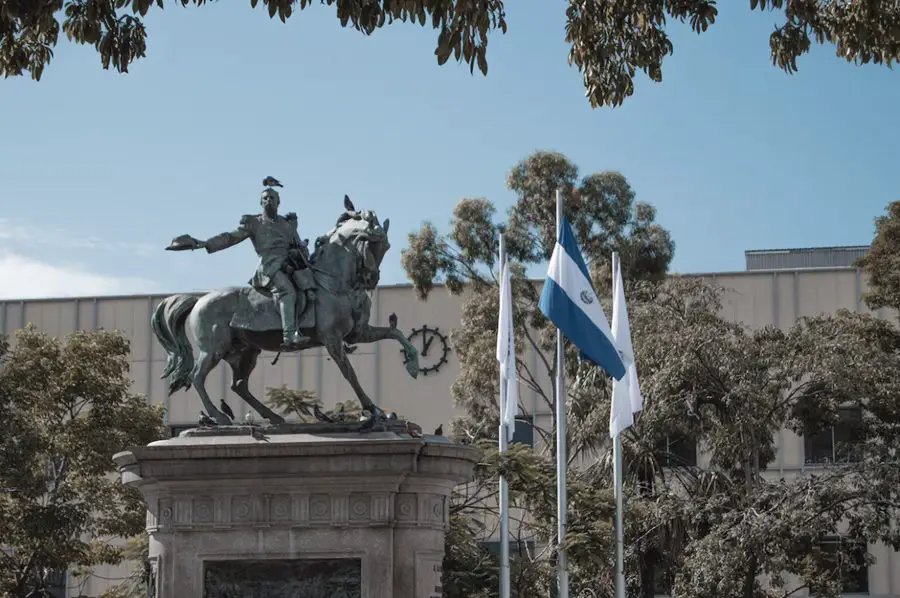El Salvador recognizes Spanish as its official language. This is a significant change for a country that has historically been home to a number of different languages, including indigenous languages like Nahuatl and Maya. This new policy will have a number of implications for the country, including in the areas of education, business, and culture. It is hoped that this move will help to improve communication and collaboration among the people of El Salvador. This is especially important after the Civil War of 1972.

Post-Colonization European Influence
In the 20th century, Spanish oppression of native customs in El Salvador significantly impacted the culture and lifestyle of the indigenous people. Christianity was imposed on the native people against their will, and their language and customs were prohibited. Even if you work for the best translation service, the odds are, you’ve never even heard of these languages. As a result, many sacred sites were destroyed, causing a great loss to the native culture.
Eye lift Salvador Culture — a Salad Bowl or a Melting Pot
El Salvador houses a unique amalgamation of Spanish and Indian cultural influences. Despite attempts by the government in the 1930s to limit indigenous customs, some places — such as Nahuizalco and Izalco — still preserve their practices. Ilobasco is particularly notable for its characteristic pottery, while Izalco offers textiles. Moreover, El Salvador’s vibrant culture is also manifested in its folklore, poetry, painting, and other cultural markers inspired by the Roman Catholic Church.
Nahuatl and Poton
Before the Spanish arrived in the 16th century, Nahuatl and Poton were prevalent languages spoken in the central and eastern parts of the region. As colonization continued, these indigenous tongues began to decline due to the Spanish imposition of their own language and culture. This is a common lesson taught in the history of translation courses around the world. Consequently, Nahuatl and Poton went extinct over time, although isolated words remain to this day within spoken Spanish. Nonetheless, even with language decline, remnants of Nahuatl and Poton are still carried through generations today.
Nahuatl
Nahuatl, also known as Nahuatl or Aztec, is an indigenous language of Mesoamerica. Its polysynthetic structure gives it great expressive potential and makes it the dominant pre-colonial language in the area. However, due to Spanish colonization and purposeful suppression of the language, its speakers have dropped from an estimated 1.5 million to over just a few thousand within a few centuries.
Fortunately, Nuahatl has seen some revival in recent years, with several schools offering courses and people using it more often in day-to-day life. Nonetheless, experts agree that this resurgence presents significant challenges due to Spanish influence on Nahuatl, rendering its long-term survival doubtful.
Poton
Poton is an ancient Mesoamerican language that was first spoken by the Maya people of Guatemala and Belize. It can still be heard in El Salvador, too, as the descendants of Maya who were deported during the colonial period continue to use it today. Poton is a fascinating language that provides great insight into the culture and history of its speakers.
The Poton language has had a long history in the Yucatan Peninsula region and is related to other Maya languages spoken in Central America. The Poton people of El Salvador are unique, as they have their own specific dialect of the language. This variation is distinct from similar dialects found in Guatemala and Belize.
The Poton language was a critically important element in the culture of El Salvador during the colonial period. As one of the few Mesoamerican languages to survive Spanish colonization, it has been essential for preserving the Maya people’s history and identity over time.
Native Languages Today
Due to Spanish colonial rule, the Nahuatl and Poton dialects in this region were significantly diluted and eventually replaced by Spanish as the dominant language. Despite this, there are some people still speaking these languages; however, it is estimated that they will largely disappear within a few decades.
In 2006, the Salvadoran government attempted to preserve the Nahuatl language by instructing new instructors and establishing Nahuatl-language schools. Unfortunately, these efforts proved futile, and their attempt was unsuccessful.
The El Salvador government’s lack of long-term commitment to the Nahuatl language proved to be its downfall. By failing to supplement schools and teachers with appropriate resources, the government allowed the language to become officially extinct. It is a tragedy that could have been prevented through thorough planning and dedication.

Final Considerations
The languages of Nahuatl and Poton are excellent examples of how fragile and persistent a language can be. Despite all the 20th-century government efforts to establish their complete rule and chase away these languages, they persisted. Still, both language groups suffered so much damage that a government intervention today is needed to ensure they survive. Another issue with their survival is the appeal of contemporary Western culture.
Christian Duke
Christian Duke is an avid reader and writer. Though writing is currently only a hobby, he hopes one day to hone his skills and establish a writing advisory agency of his own. In addition, Christian enjoys playing video games during his leisure time.

